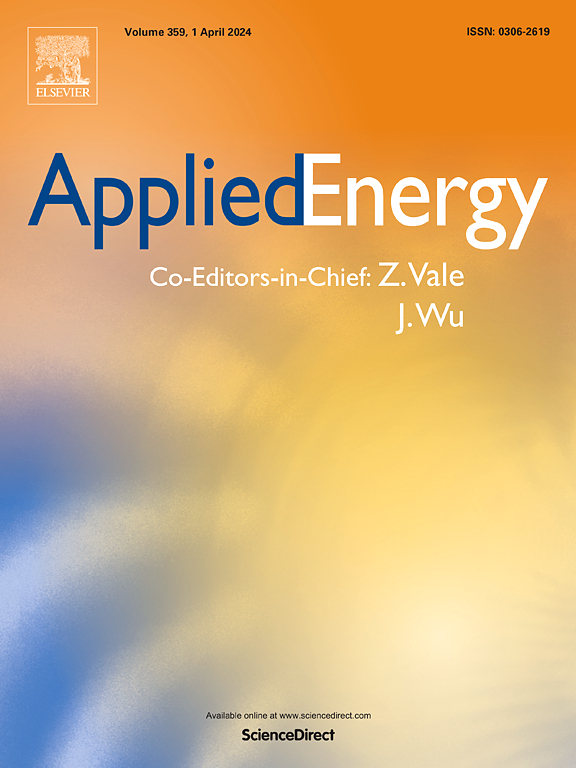Performance characterization of lithium-ion battery cells within restricted operating range using an extended ragone plot
IF 10.1
1区 工程技术
Q1 ENERGY & FUELS
引用次数: 0
Abstract
Lithium-ion battery systems play a crucial role in applications ranging from electric vehicles to grid storage, but their performance can vary significantly under different operating conditions. While extensive research has explored the non-linear relationship of the battery’s key performance metrics – energy and power – across the manufacturers’ permissible limits, the impacts of operating in a restricted range have not yet been sufficiently investigated. Restricting the available operating range, particularly the upper voltage limit, may be advantageous or even necessary for specific applications with harsh environmental conditions, potentially enhancing safety, efficiency, compatibility, and lifespan without substantially compromising performance. In order to investigate this trade-off, the power-based performance of three battery cells with different formats and chemistries is experimentally characterized and analyzed using an extended Ragone plot. To reduce experimental effort, we demonstrate a reconstruction-based approach to recalculate the Ragone plot for arbitrary voltage initialization limits by trimming the full-range dataset based on the preceding charge termination conditions. In the practically relevant range, deviations between the measured and reconstructed Ragone curves remain within , validated by an electrical and thermal assessment. By superimposing upper and lower operating limits, the extended Ragone plot enables an evaluation of battery performance under a restricted range without additional cell characterization measurements. Our findings thus provide a practical and efficient method for engineers and researchers, ideally supporting the decision-making in selecting, designing, or managing battery systems for application-specific energy storage solutions.
求助全文
约1分钟内获得全文
求助全文
来源期刊

Applied Energy
工程技术-工程:化工
CiteScore
21.20
自引率
10.70%
发文量
1830
审稿时长
41 days
期刊介绍:
Applied Energy serves as a platform for sharing innovations, research, development, and demonstrations in energy conversion, conservation, and sustainable energy systems. The journal covers topics such as optimal energy resource use, environmental pollutant mitigation, and energy process analysis. It welcomes original papers, review articles, technical notes, and letters to the editor. Authors are encouraged to submit manuscripts that bridge the gap between research, development, and implementation. The journal addresses a wide spectrum of topics, including fossil and renewable energy technologies, energy economics, and environmental impacts. Applied Energy also explores modeling and forecasting, conservation strategies, and the social and economic implications of energy policies, including climate change mitigation. It is complemented by the open-access journal Advances in Applied Energy.
 求助内容:
求助内容: 应助结果提醒方式:
应助结果提醒方式:


